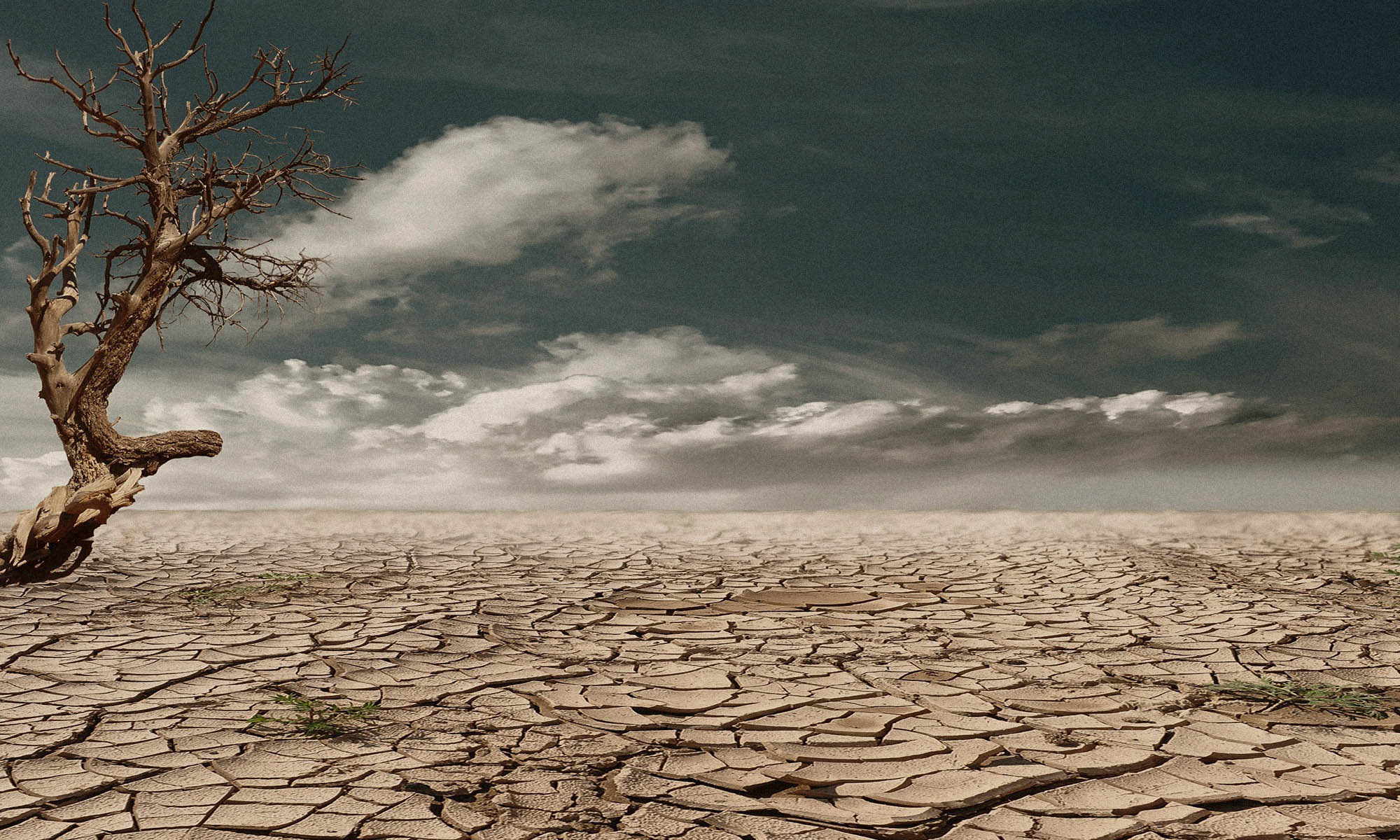I had the opportunity to attend the ‘2nd Africa Ecosystem Based Adaptation for Food Security Cnference 2015’ held at the UN complex Gigiri, Nairobi Kenya on 30th and 31st July 2015. There were over 1200 invited attendees, comprising of dignitaries, professionals, farmers and students.

A Major concern of the conference was addressing the continent’s transecting challenge of
hunger and malnutrition in the growing and increasingly young unemployed population, in the face of climate change. The conference intended to showcase how, by investing in its ecosystems and working with nature, Africa can climate proof its food production systems and achieve sustainable agricultural productivity hence enhance food security under the changing climate; and how, by investing in value addition process along the agro-value chain, potential opportunities for employment for the youth are created.
Here are some powerful quotes from some of the speakers;
“Imagine Africa without hunger, poverty, malnutrition, obesity…” Dr. Patrick Kormawa , FAO SRC Eastern & Rep to AU, ECA
“It is not the analysis that we need at this time, we need to go beyond that. We need to take action.” Dr. Cosmas Ochieng, Executive Director, ACTS
”It is within the power of our generation to sort out the challenges of food security in Africa” Dr. Cosmas Ochieng, Executive Director, ACTS
”From a youth perspective? It is our time now. The youth should take over” Youth Delegate from South Africa
”Let us not just speak about what the government can do for us, what the private sector can do for us.. We must be self determining” Alice Kaudia , Environment Secretary. Min. of Environment Kenya

Food Security, as defined by World Food Summit is the condition where all people at all times have social, economic and physical access to sufficient, safe and nutritious food to meet their dietary and preferential needs for an active and healthy life. Africa has an immense agricultural potential. It is estimated that about 65% of the world’s arable land and 10% of internal renewable fresh water sources are in Africa, yet;
- About 240 million people (25%) in Africa go to bed hungry and over 200million people suffer the debilitating symptoms of chronic to severe malnutrition. (UN-FAO)
- 6million tones of grain annually are lost due to degraded ecosystems. These are enough to meet annual calorific needs for 30million people.
- Sub-Saharan Africa loses food worth up to USD4billion annually (about 23% of field harvests), enough to feed 48million people per annum in Post harvest losses (PHLs) due to inadequate financial and structural resources for proper harvesting, storage and transportation, as well as unfavorable climatic conditions for food storage. (UN FAO)
- Africa’s annual food import bill is over USD35 billion. Imports exceed exports by 30%.
- In Africa, a 10% increase in crop yields translates to approximately a 7% reduction in poverty, according to the World Bank.
Very interesting facts there. The road to Food Security in Africa, it is believed, lies with the adoption of the Ecosystem based Adaptation driven Agricultural strategies that aim not only at maintaining but also improving the fertility and productivity of ecosystems which often include traditional practices such as conservation agriculture, crop rotation, inter-cropping and biological pest control.
The delegates summarized the conference with strong resolutions to achieve Food Security in Africa, adopting the “Nairobi Action Agenda on Africa’s Ecosystem Based Adaptation for Food Security” declaration. The chief guest H.E. Mrs. Rhoda Peace Tumusiime, Commissioner for Rural Economy and Agriculture of the Africa Union Commission closed the conference with a strong message; ”Together we can build the Africa we want”.





